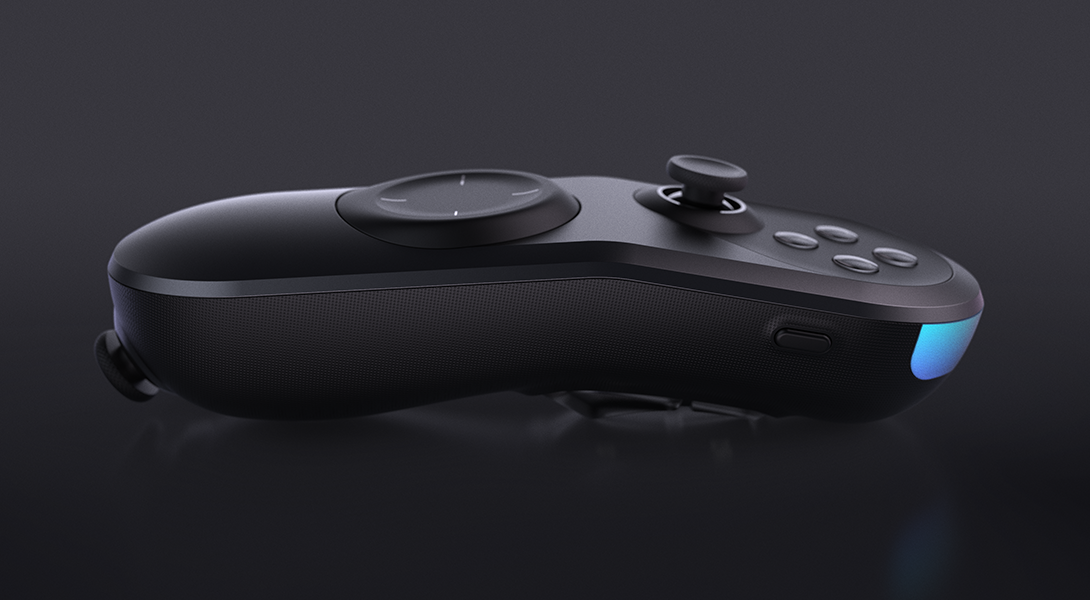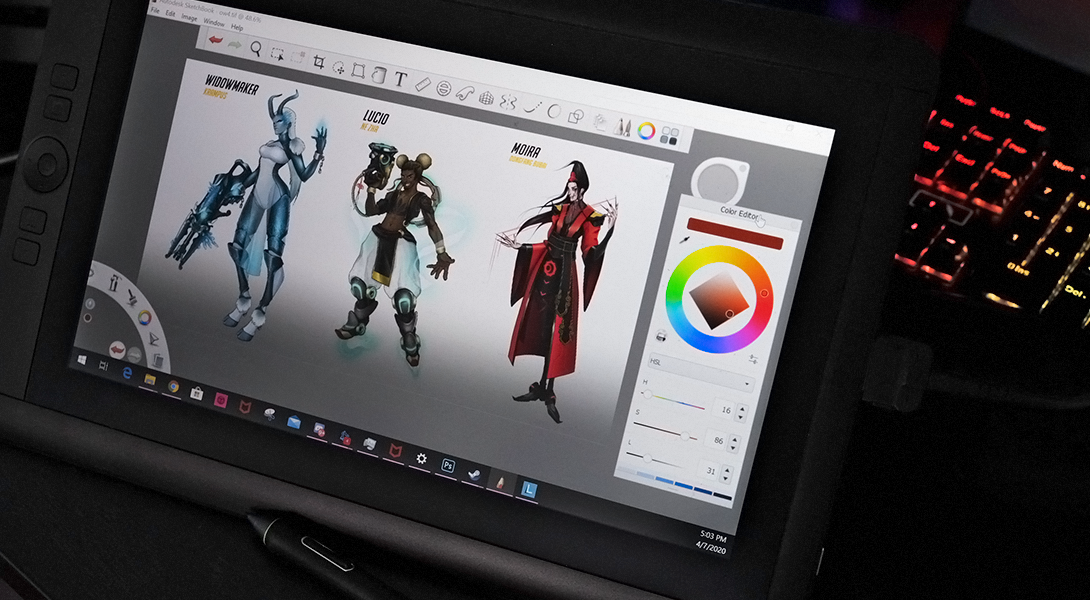Name: Annie Deng
Hometown: Seattle, WA
Education: University of Washington
Work Experience: Industrial Designer, Bresslergroup
Team: Industrial Design
____________________
What is your favorite thing about your role as an Industrial Designer?
One of my favorite parts of the Design process is visualization. I enjoy thinking about how to best communicate our ideas to our clients. Whether it be through sketches to clearly show how a product works or hi-fidelity renderings to create an impact, being able to switch between programs or mediums is something I enjoy and appreciate. Just as a painter who can switch between oils, acrylics, charcoal, and watercolor is able to express themselves more dynamically, a designer who can strategically use photographs, sketches, animations, video, and other visual communication tools is able to express different concepts and ideas more effectively.
You initially pursued art as a career. How did you end up in design?
I grew up in an artistic household, watching my dad turn his passions for Chinese watercolor painting and calligraphy into his primary career. Naturally, I grew up drawing and painting under his guidance and then by myself as a hobby. When I was deciding whether to accept an offer from an art school for illustration, I realized that drawing didn't come as naturally to me as I'd like, and so I chose to go to the University of Washington where I ended up discovering design. What drew me to specialize in industrial design, in particular, was a curiosity for both the tangible form of a physical object and the intangible "space" that it can take in a person's life. And even though thinking about form and creating objects in a 3-D space were foreign to me, the challenge drew me in even more.
We hear you're into gaming! Does that influence how you think about design at all?
Yes! There's a lot to learn from the gaming industry that I've managed to bring into my design work. As part of my senior capstone in college, I collaborated on a conceptual project focused on rethinking the traditional console gaming controller, and how its design and experience might change for a user who can only hold it with one hand. The project delved into ergonomic challenges and physical UI explorations, such as designing button inputs that are uniform and easy-to-reach. Our final deliverable was Eido, a controller designed to be able to play low complexity to high complexity games with one hand. And while the project explored how hardware solutions might help assist designing for accessibility in the gaming space, I find that the lessons extend beyond the gaming industry into other areas of design. In fact, Eido has since evolved into a personal project that I continue to revisit whenever I have a new skill set that I want to implement or a different design approach that I want to explore.

Eido is a console gaming controller designed to be able to play with one hand. The conceptual project explores design for accessibility in gaming.
What's a valuable lesson you've learned from designing a gaming controller that you can apply to other industries?
The power of design for accessibility! Designing a gaming controller for someone with one hand doesn't just benefit people who can only use a single hand. The solutions uncovered from this constraint made the product experience better for everyone. We're actually leveraging design for accessibility right now at Essential in our industrial design work for a consumer goods startup. The founder, a skilled professional in their industry, was losing manual dexterity due to an advancing neurodegenerative disorder and found that the standard tools of the trade were becoming more challenging to use. We redesigned the tools to address the shakiness and instability caused by the disorder, and in doing so, also alleviated a pain point that users without physical limitations also experience. By designing for accessibility, we created universally appealing tools.
What interface/product/experience would you love to get your hands on or redesign?
I'd like to see more innovation in the airport experience! No matter how many times I fly, there's always something dreadful about the experience of moving through an airport. From getting to the airport to checking in, going through security, and boarding the plane, there are many elements of the experience that are ripe for redesign. This is such a complex space to design for, so I would start by looking at the broader context of the travel experience, then focus in on a specific problem area or the experience of a specific user. What type of passenger are you designing for? Or maybe you're targeting the employee experience?
Do you enjoy any other creative outlets?
I dabble in concept art when I have free time and want to visualize an idea. It's a fun way for me to explore different digital painting techniques and drawing styles that go beyond ID sketching, which generally adheres to an accepted, consistent standard. It also pushes my creativity in a different way, and I love being challenged.

Annie enjoys creating digital concept art in her spare time like these "fan-skins" of heroes in Overwatch, a team-based shooter game developed by Blizzard Entertainment.
Interested in Industrial Design at Essential?



